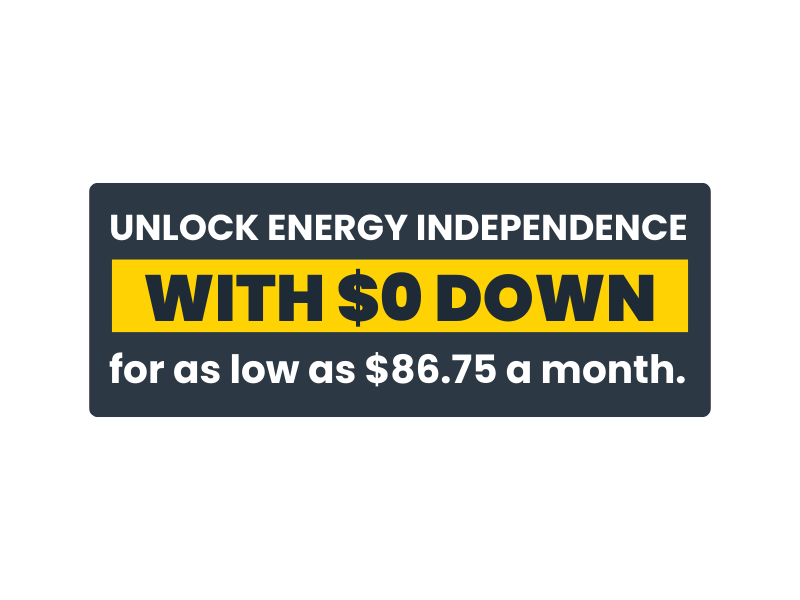Multi-family housing units, including apartments and condos, often consume substantial amounts of energy due to shared facilities and amenities. By integrating solar energy, property owners can tap into several key advantages:
1. Cost Savings on Energy Bills
One of the most immediate benefits of solar energy is the potential for significant savings on energy costs. With solar panels installed, multi-family housing units can generate their own electricity, reducing reliance on the grid. This translates to lower utility bills for both property owners and tenants. Many residents are looking for ways to cut costs, making energy-efficient buildings highly desirable.
2. Increased Property Value
Investing in solar energy can enhance the overall value of your multi-family property. Buildings equipped with solar panels are often seen as more attractive to potential buyers and renters. Studies show that properties with solar energy systems can command higher rents and sell for more than comparable properties without solar. For property owners, this means a solid return on investment.
3. Attracting Eco-Conscious Tenants
Today’s renters, particularly those aged 30 to 65, are increasingly motivated by sustainability. Many are willing to pay a premium for eco-friendly living spaces. By installing solar energy systems, you can market your property as environmentally friendly, attracting a demographic that values sustainability. This appeal can lead to lower vacancy rates and higher tenant satisfaction.
4. Incentives and Tax Benefits
Property owners can take advantage of various federal and state incentives designed to encourage solar energy adoption. The Solar Investment Tax Credit (ITC) allows property owners to deduct a significant percentage of the installation costs from their federal taxes. Additionally, many states offer rebates and incentives that further reduce upfront costs, making solar more financially accessible.
5. Enhanced Energy Independence
By generating your own electricity, multi-family housing units become less vulnerable to rising utility rates and power outages. This energy independence not only ensures a more stable operating cost for property owners but also provides peace of mind to tenants who rely on consistent power for essential services.
6. Flexibility in Energy Habits
When living with family or multiple tenants, it can be challenging to ask everyone to make habit changes that reduce energy consumption. With solar energy, you can still significantly reduce energy costs, even if you don't have full control over how much energy is being used. Solar power allows for greater flexibility, ensuring that your household or tenants can enjoy energy savings without sacrificing comfort or convenience.
Steps to Implement Solar Energy in Multi-Family Housing
1. Conduct a Feasibility Study
Before diving into a solar installation, conduct a feasibility study to assess the energy needs of your property. Evaluate the roof space, orientation, and shading to determine how much solar energy can be generated. This will also help you estimate the potential savings and return on investment.
2. Choose the Right Solar Provider
Partnering with a reputable solar provider, like YellowLite, is crucial for a successful installation. An experienced provider can guide you through the entire process, from initial assessment to installation and maintenance. They can also help navigate any local regulations or permits required for solar installations on multi-family properties.
3. Explore Financing Options
Investing in solar energy doesn’t have to be a financial burden. Explore various financing options, including solar loans, power purchase agreements (PPAs), and leasing arrangements. These options can allow you to install solar panels with little to no upfront costs, making it easier to manage your cash flow while enjoying immediate savings on energy bills.
4. Engage with Tenants
Communicate with your tenants or family members about the solar installation process and the benefits they will enjoy. Many residents may not fully understand how solar energy works or how it will impact their utility costs. By educating them, you can foster a sense of community and encourage tenants or family members to embrace sustainable practices.
5. Monitor and Maintain Your System
After installation, it’s essential to monitor the performance of your solar energy system regularly. Many systems come with monitoring software that allows you to track energy production in real-time. Regular maintenance is also crucial to ensure that the panels operate efficiently and continue to provide savings over the long term.
For property owners, the transition to solar energy in multi-family housing units presents a unique opportunity to enhance property value, attract tenants, and reduce operating costs. With financial incentives, sustainability benefits, and the potential for increased tenant satisfaction, solar energy is not just an environmentally friendly choice; it’s a smart business decision.
At YellowLite, we are committed to helping property owners make the transition to solar energy. By partnering with us, you can maximize your investment in solar and lead the way toward a more sustainable future for your multi-family housing units. Start your journey today and enjoy the numerous benefits that solar energy has to offer!



